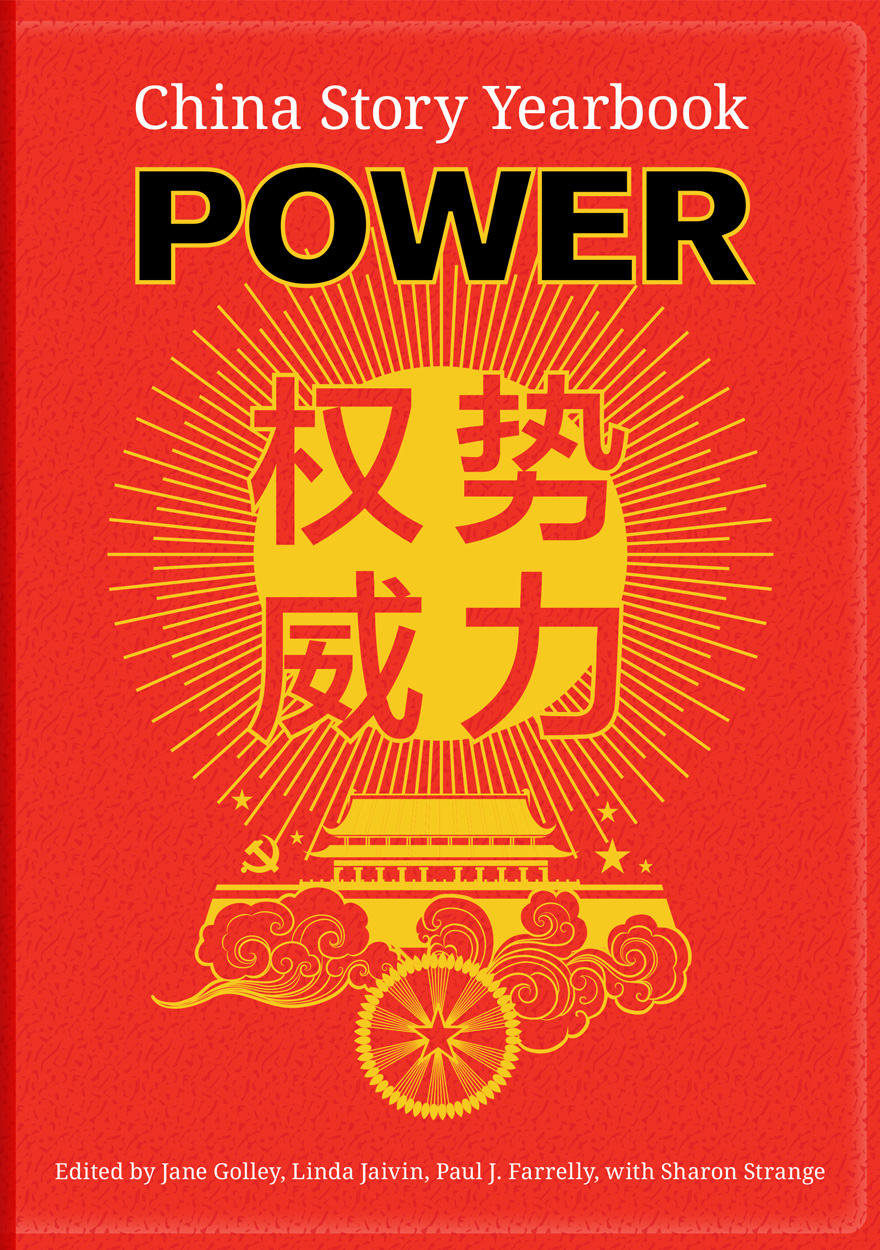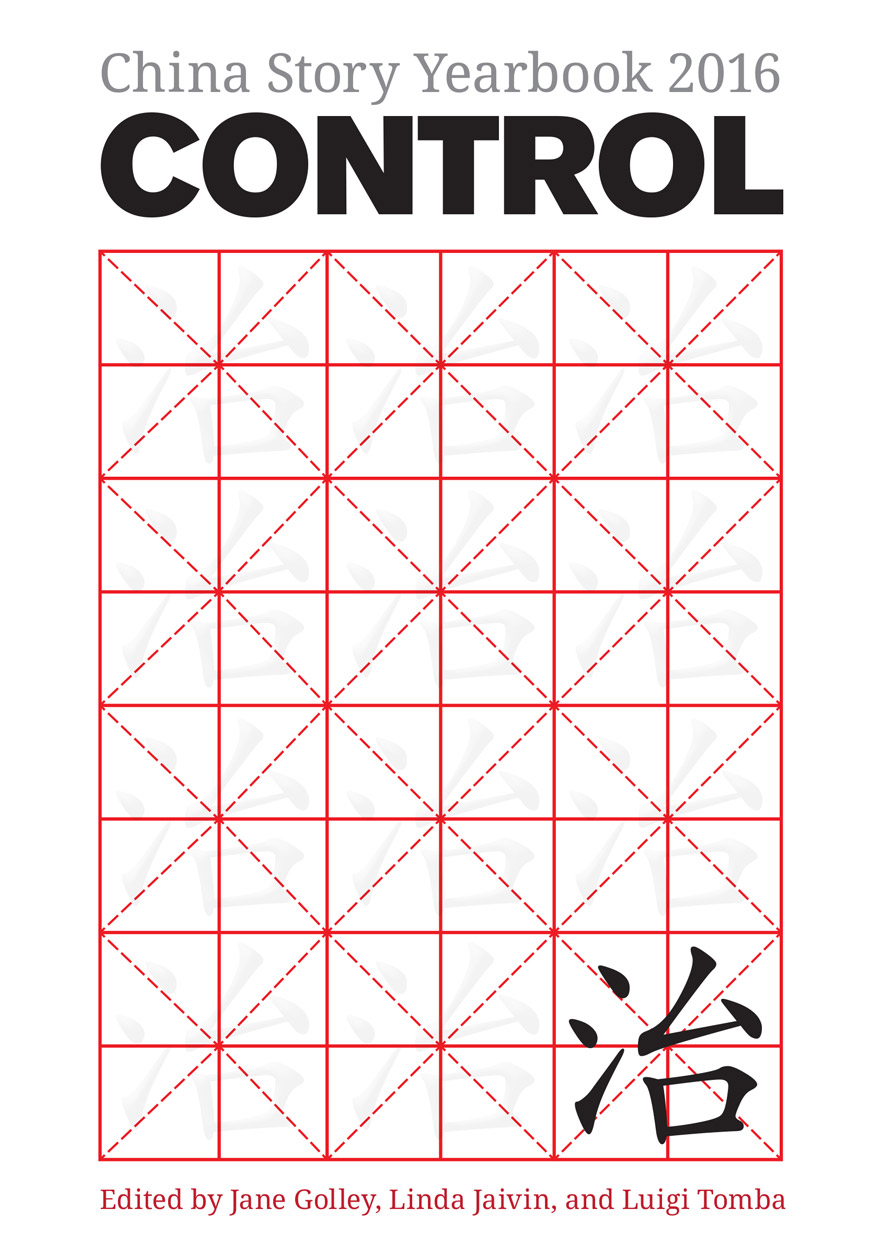Publication date: April 2021
The year 2020 was marked by a series of rolling crises. The Australian wildfires at the start of the year were a catastrophic sign of the global climate crisis. Xi Jinping’s announcement in September that the People’s Republic of China would become carbon neutral by 2060 could help alleviate the crisis, but China has to fix its coal problem first. The big story was, of course, the global COVID-19 pandemic. Appearing to originate in a Wuhan wet market, by year’s end the pandemic had claimed nearly 2 million lives worldwide, put whole countries into lockdown, and sent economies around the world tumbling into recession. China itself successfully suppressed the disease at home and recorded positive economic growth for the year — proving, at least according to the Chinese Communist Party, the ‘superiority of the socialist system’. Not everyone was convinced, with persistent questions about the CCP’s initial cover up of the outbreak, and how the lack of transparency helped it become a pandemic in the first place.
The China Story Yearbook 2020: Crisis surveys the multiple crises of the year of the Metal Rat, including the catastrophic mid-year floods that sparked fears about the stability of the Three Gorges Dam. It looks at how Chinese women fared through the pandemic, from the rise in domestic violence to portraits of female sacrifice on the medical front line to the trolling of a famous dancer for being childless. It also examines the downward-spiralling Sino-Australian relationship, the difficult ‘co-morbidities’ of China’s relations with the US, the end of ‘One Country, Two Systems’ in Hong Kong, the simmering border conflict with India, and the rise of pandemic-related anti-Chinese racism. The Yearbook also explores the responses to crisis of, among others, Daoists, Buddhists, and humourists — because when all else fails, there’s always philosophy, prayer, and laughter.











